Lee Chang-soo – Hapkido Essentials
Hapkido Essentials
[2DVDs – AVI]
Description
Description:Hapkido (also spelled hap ki do or hapki-do; Hangul: 합기도; Hanja: 合氣道) is a dynamic and also eclectic Korean martial art. It is a form of self-defense that employs joint locks, techniques of other martial arts, as well as kicks, punches, and other striking attacks. There is also the use of traditional weapons, including a sword, rope, nunchaku, cane, short stick, and staff (gun, bō) which vary in emphasis depending on the particular tradition examined.Hapkido contains both long and close range fighting techniques, utilizing jumping kicks and percussive hand strikes at longer ranges and pressure point strikes, joint locks, or throws at closer fighting distances. Hapkido emphasizes circular motion, non-resisting movements, and control of the opponent. Practitioners seek to gain advantage through footwork and body positioning to employ leverage, avoiding the use of strength against strength.The art copied from Daitō-ryū Aiki-jūjutsu (大東流合気柔術) or a closely related jujutsu system taught by Choi Yong-Sool (Hangul: 최용술) who returned to Korea after World War II, having lived in Japan for 30 years. This system was later combined with kicking and striking techniques of indigenous and contemporary arts such as taekkyeon and tang soo do. Its history is obscured by the historical animosity between the Korean and Japanese people following the Second World War. A Comparison between Korean Hapkido and Japanese Aikido:Korean Hapkido: Techniques are done with small circular motions, to fast complete conclusions. Some Kicking is practiced.Japanese Aikido: Techniques use large, fluid circles, and wider motions, with much more graceful steps.Hapkido: In practice, attacks are performed with sharp precision at full power.Aikido: Attacks tend to be softer, fluid, and stylized.Hapkido: Use of mushim [no mind]as the YongSa faced the sword, turning defense into offense.Aikido: Techniques are designed to neutralize an attack and control it. Use of mushim [no mind] is also applied as well.Hapkido: Techniques are designed to cripple or kill. Control is used according to the circumstances.Aikido: The defender blends with the attack to neutralize it without injuring the attacker.Hapkido: Good NokBeop [break-falling]is required for the harder and completed technique.Aikido: Good Ukemi is necessary, but not critical. Many techniques can be used safely as uke blends with the throw.Hapkido: Pressure point knowledge is necessary. Techniques make great use of pain. Strikes are frequent.Aikido: Pain is applied with restraint, in small doses. Strikes taught to some degree, but is discouraged.Hapkido: Discipline, harmony, faithfulness and austerity are emphasized, with respect for Hapkido.Aikido: Emphasis on peace, love, harmony, friendship, and Aikido precepts, as taught by Morihei Ueshiba.About the ActorLee Chang-soo is the Chief of the Demonstration Unit for the World Hapkido Federation and Headmaster of Hapkido Jin Jung Kwan in Seoul, Korea. He became a Korean national hero in 1980 when he knocked out the best Indonesian champions at his first blow. The National Defense Ministry of Indonesia attempted to invite him as a national coach. Korean government officers designated him to the Chief of the Demonstration Unit. He is one of the first generation masters who learned from Grandmaster Kim Myung-yong (currently residing in Houston, Texas), the founder of Jin Jung Kwan Hapkido. This file content 2DVDs:1 Martial Arts hapkido Hapkido Essentials2 Martial Arts Instruction Hapkido Self Defense Enjoy!
You must be logged in to post a review.

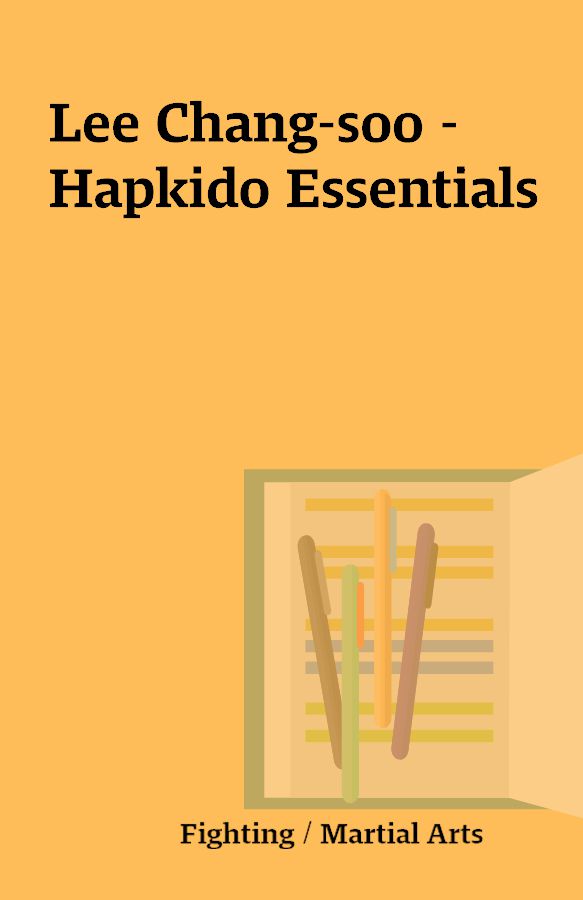
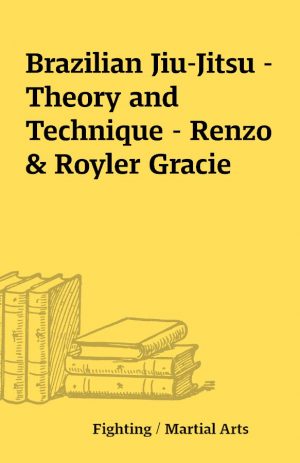
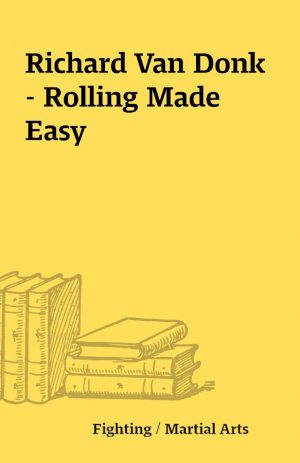
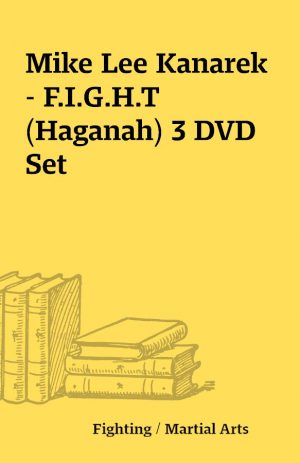
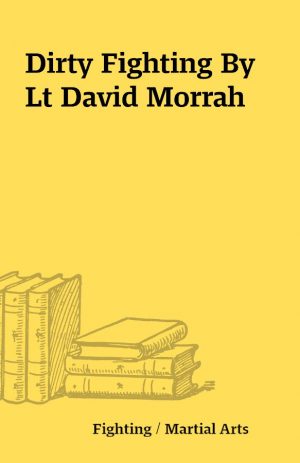
Reviews
There are no reviews yet.